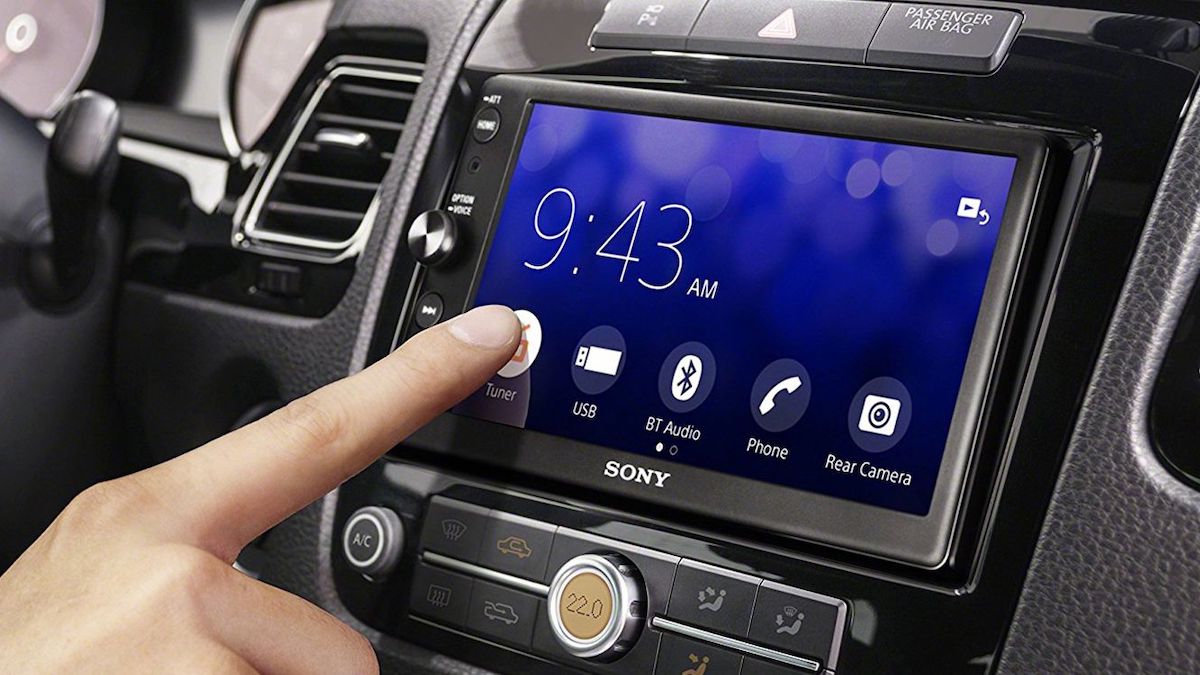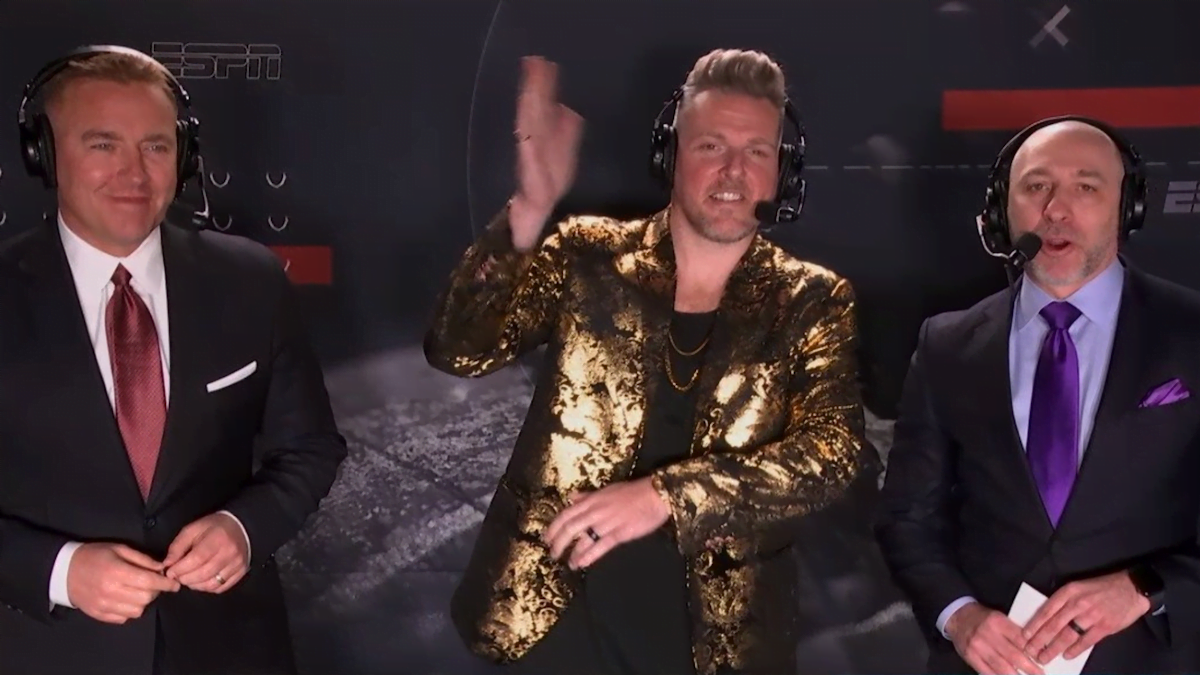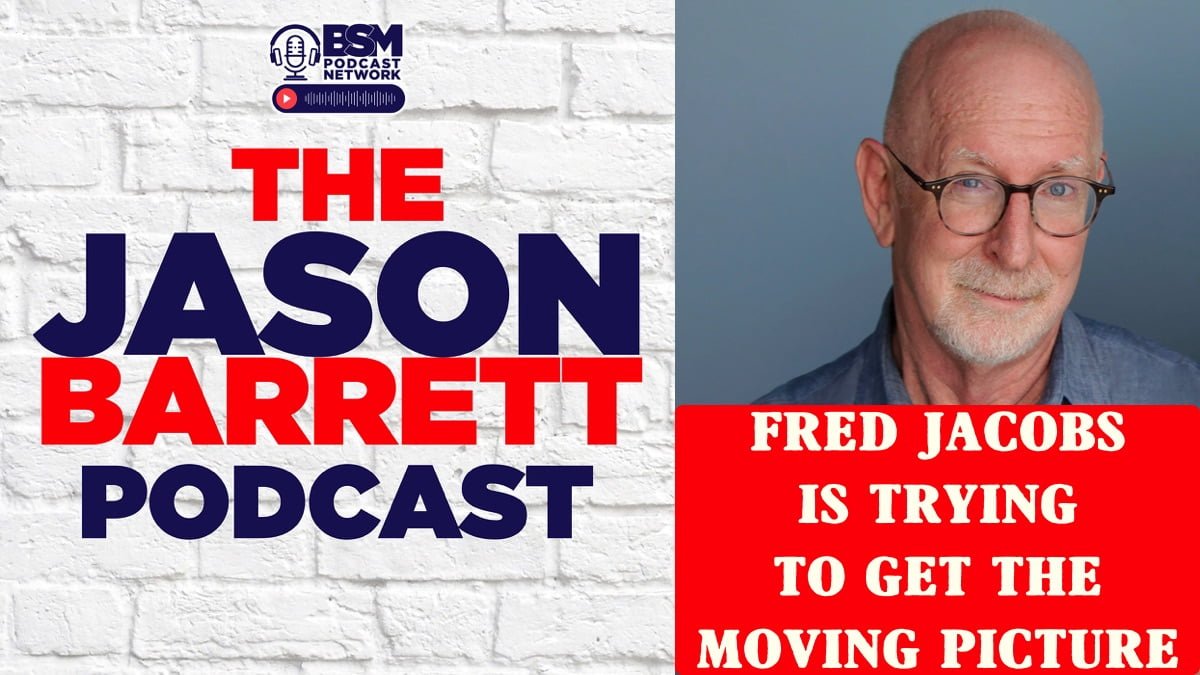A couple of weeks back, consultant Fred Jacobs wrote an entry for his radio-focused Jacoblog titled: “Still the same.”
Jacobs, a long-time Motor City resident, wrote about how many of today’s vehicles have become mirror images of one another. He adds that while engineering is more reliable today, the sameness has taken the fun and passion out of Americans’ relationships with their cars – something those of us growing up in previous generations certainly understood.
Jacobs demonstrates that most of the major SVOD platforms have fallen into this trap by showing all their logos on one slide. Disney, ESPN, Discovery, Hulu, AMC, Apple, and Paramount have each added “+” to their SVOD service names and logos. We can forgive consumers if they mix up or can’t tell the services apart.
He then ties this sameness together with radio. Jacobs writes:
“It’s hard to imagine falling in love with too many radio stations these days.”
“Their music may be perfectly scheduled and the voicetracking eliminates annoying errors. But for those same reasons, they rarely inspire and instill passion.”
“We’ve got to look for – or better yet – create those distinctions that differentiate our radio stations from everyone else’s – those musical curve balls that surprise and delight, that night host who sounds like no one else you’ve ever heard, a contest that makes you say, “I can’t believe they’re giving that away,” or the special weekend you make an appointment to listen to.”
He’s right, but the radio industry’s environment isn’t conducive to doing these things.
Due to budget cuts, contests, and events (as I wrote a couple of weeks ago: The Power of Events and the Electronic Campfire) are challenging. That’s on upper management. But remain an ingredient radio must do if it is to be relevant again
With diary measurement, stations could afford to occasionally sacrifice minute-by-minute programming to build the station’s long-term images.
As a Classic Rock programmer working with Jacobs, both as a client and a consultant, we bolstered library images through features like “The Lost Classics” and special theme weekends. We played blocks at lunch (or during other times), with one typically a depth track and other features that allowed us to play spice tracks in selected places. Each of these sacrificed the minute-by-minute programming of the station, which wouldn’t reflect well in PPM measurements, but also showed up well in focus groups.
We took special pride in the produced promos that we played on the stations I programmed. Long-form promos replayed the best bits of the morning show. It was one of the ways we helped Howard Stern to succeed so fast in our markets.
Some listeners didn’t listen to Stern because they thought they knew what he was. By recycling promos into other dayparts that showcased Howard at his funniest, they grew to accept him and became Stern listeners. It often took 60 seconds or longer to let a Stern bit play out in a promo. Could we have done that in the PPM era? Likewise, we promoted contesting from Stern into the rest of the day and achieved some of the best Stern Cume recycling of any station.
At WIP, we promoted the male soap opera that is sports and created the storylines much like the “Housewives” do for women on Bravo. If it took 30 seconds, we used it. If it took 42 seconds, we were okay with it too. It wasn’t uncommon for us to use a full minute or even 65 seconds.
I don’t hear any produced station promo that is more than an eight-second straight liner in any format today. It may be the right recipe for success in the current PPM, but it won’t build a memorable brand.
Blandness and sameness will become more widespread. A few days after reading Fred Jacobs blog entry, I read a news item in “PodcastNewsDaily.” The headline read: “Show or Host? Barometer And Oxford Road Create Tool to Score Both.”
Oxford Road’s audio ad agency is teaming with tech company Barometer on a tool that will offer “advertisers a host-specific safety and suitability intelligence solution.”
Using this tool, they “will assign a “risk score” that will go beyond keywords to analyzing entire episodes in context by interpreting each utterance based on Global Alliance for Responsible Media’s brand safety standards. During the process, sentiment about hosts is assessed too – including giving advertisers access to host-related news and sentiment data going back over time.”
It will “shift the value of content away from the loudest voices and toward content of the highest quality.”
“This (technology) is a critical movement for the podcast industry as discerning brands desire to scale their values-driven messaging and to raise the bar on content deserving of monetization.”
It’s not a stretch to imagine they will apply this technology to Talk Radio. It’s another way to influence what is acceptable speech.
Between budget cuts and realities created by the PPM, the radio industry has already become like automobiles and SVOD in its sameness and plainness. Now we learn about technology designed to take any risk or “danger” out of podcasting, and I’d bet Talk Radio.
The country continues to move toward a “big box” mentality. Whether shopping, cars, fast food, SVOD, radio broadcasting, or podcasting, it feels more like 1984 is here every day. Broadcasters should be at the forefront of fighting this trend. I fear we will not.
Andy Bloom is president of Andy Bloom Communications. He specializes in media training and political communications. He has programmed legendary stations including WIP, WPHT and WYSP/Philadelphia, KLSX, Los Angeles and WCCO Minneapolis. He was Vice President Programming for Emmis International, Greater Media Inc. and Coleman Research. Andy also served as communications director for Rep. Michael R. Turner, R-Ohio. He can be reached by email at andy@andybloom.com or you can follow him on Twitter @AndyBloomCom.







